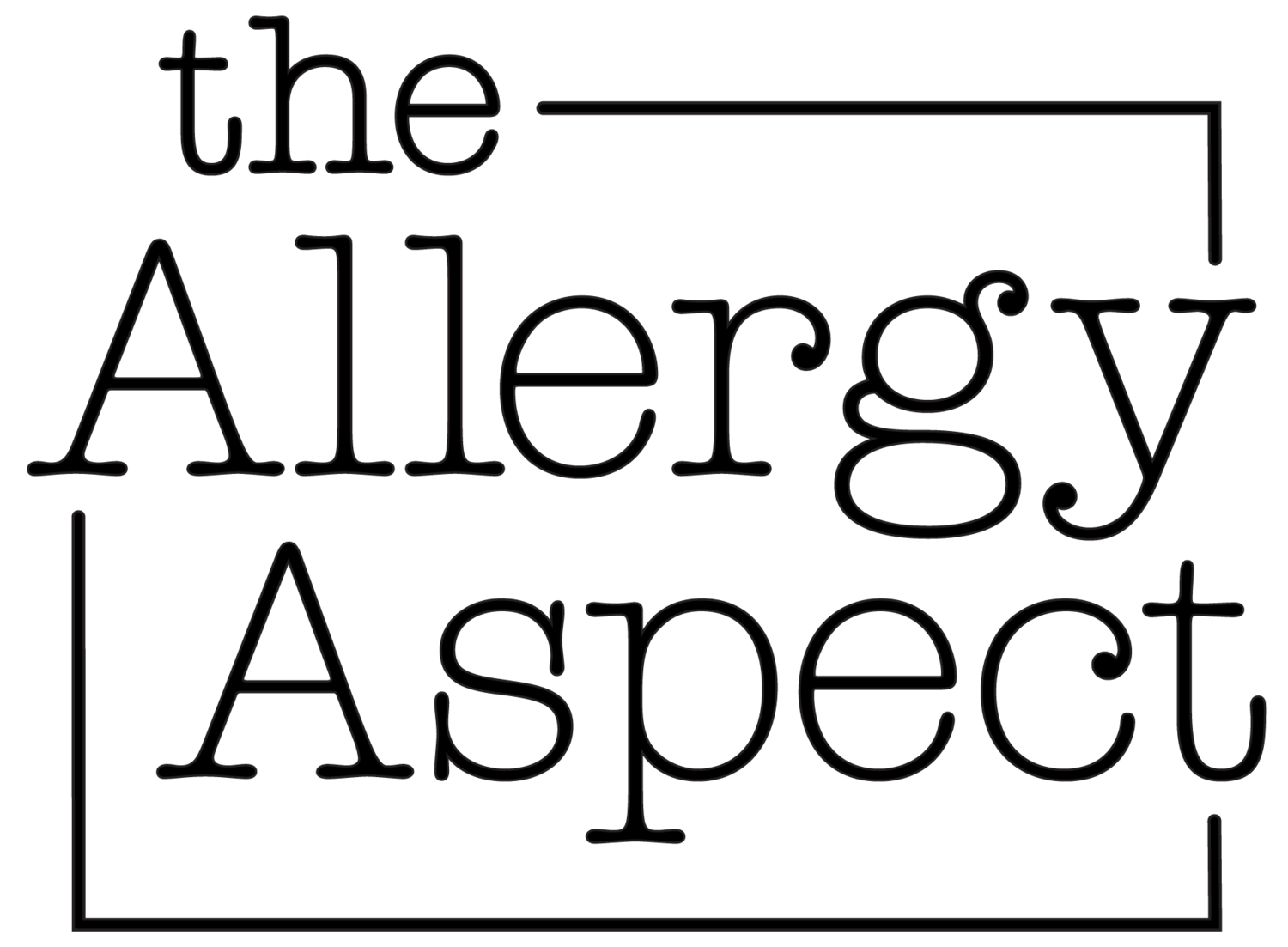National Eosinophil Awareness Week – Learn More
Eosinophilic esophagitis (EOE) is difficult to pronounce and diagnose. On this National Eosinophil Awareness Week (the third week in May), it’s important to become familiar and understand the symptoms of EOE. Diagnosis is not black or white - it’s putting together a puzzle of observations and complaints. Symptoms don’t appear all at once, but can present differently over months or years.
Some observations may appear simple and not significant, like a child’s habit they’ll outgrow, or a food preference or dislike. Other symptoms like food impaction may seem more indicative of EOE. It takes finding a good gastroenterologist (GI) who listens to you as you discuss small nuances of your child’s (or your) eating habits.
Don’t discount observations you feel may not be important – discuss with your physicians.
It’s helpful to familiarize yourself with some common symptoms and the age of onset, provided by The American Partnership for Eosinophilic Disorders (Apfed) -- a great resource to use as a reference.
Symptoms can include, but are not limited to:
· Reflux that does not respond to medication {acid suppressors} (Age of onset: infant, child, adult)
· Difficulty swallowing (Age of onset: child, adult)
· Food impactions {food gets stuck in the esophagus} (Age of onset: older children, adult)
· Nausea and vomiting (Age of onset: infant, child, adult)
· Failure to thrive (poor growth, malnutrition, or weight loss) and poor appetite (Age of onset: infant, child, rarely adult)
· Abdominal or chest pain (Age of onset: child, adult)
· Feeding refusal/intolerance or poor appetite (Age of onset: infant, child)
· Sleeping difficulties due to chest pain or abdominal pain, reflux and/or nausea (Age of onset: infant, child, adult)
We are all unique in our own way, and the same applies to EOE – symptoms are different from one patient to another. I wish I had known what to look for in our son’s habits and complaints over the years. Share your concerns with your physicians, even the observations that you feel aren’t significant – it’s how you piece together the EOE puzzle.
Check out my Resources page for more great resources to help you further understand and research eosinophilic disease, there are other areas of the digestive system that can be affected. Get in touch if I can help.

